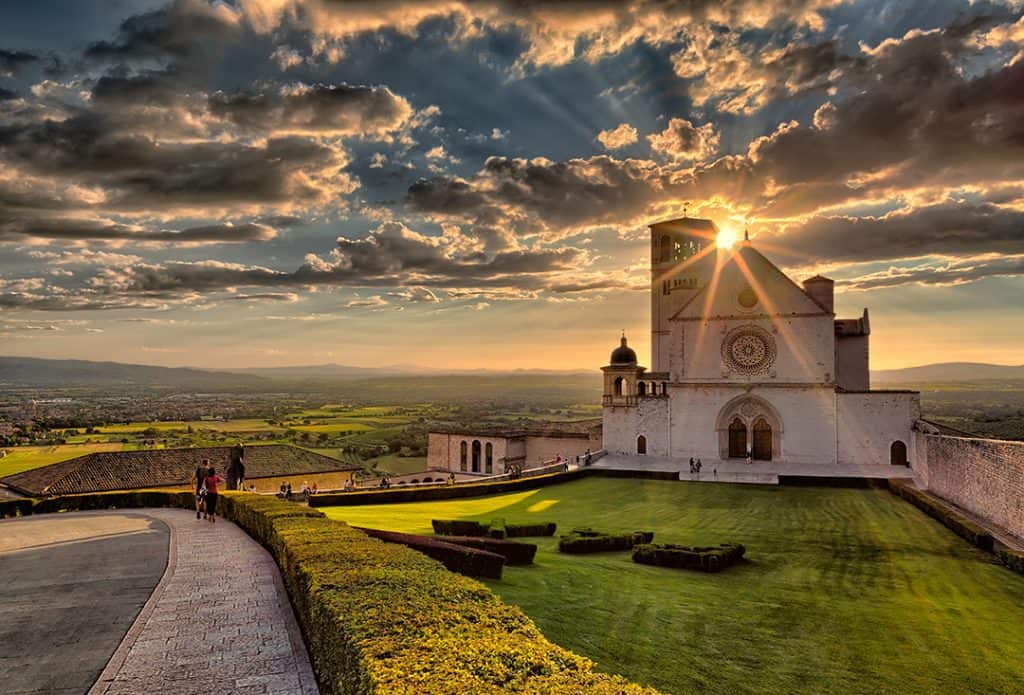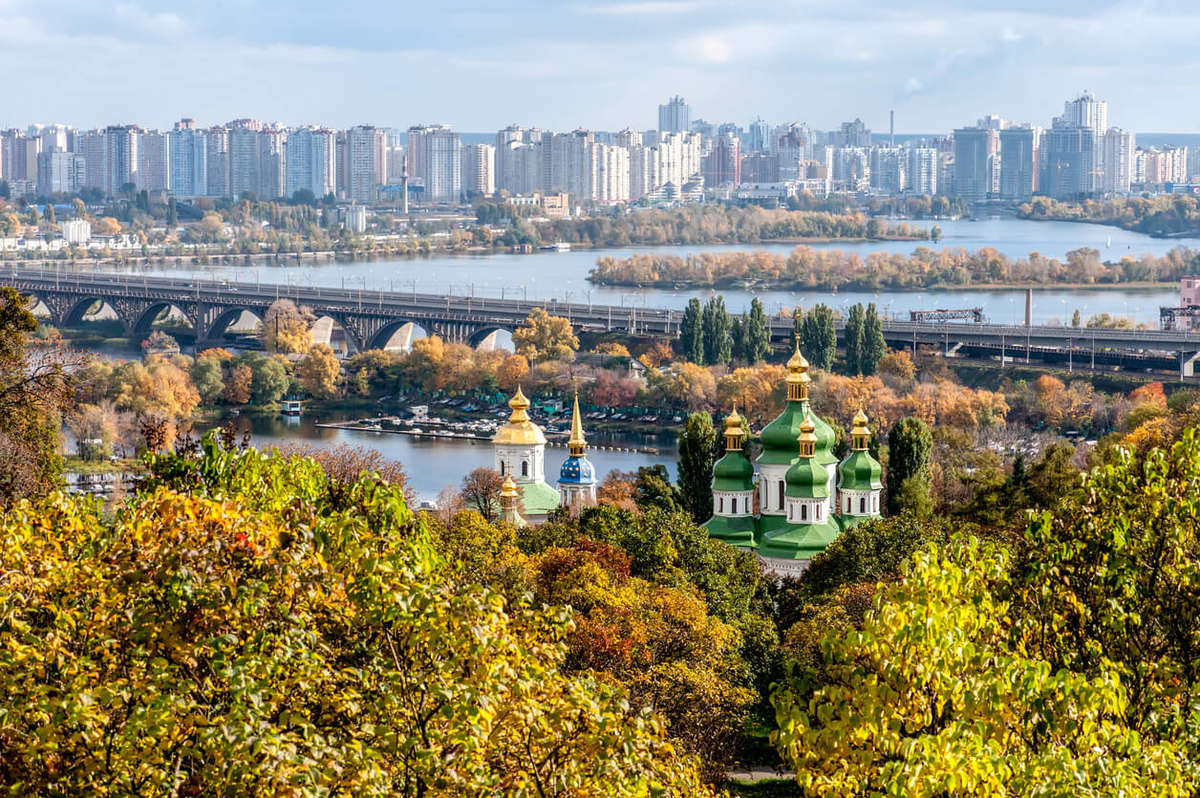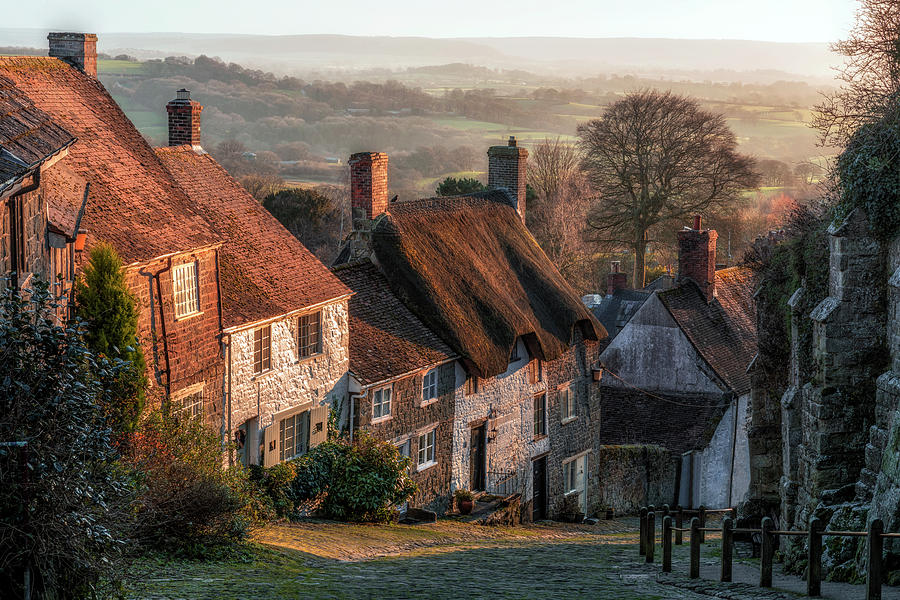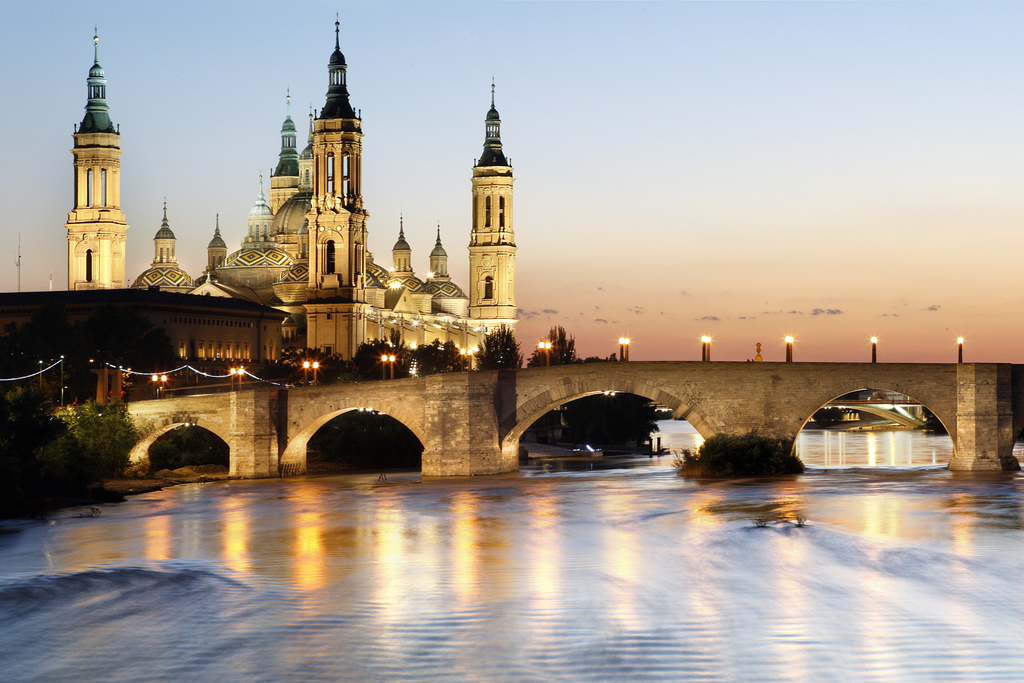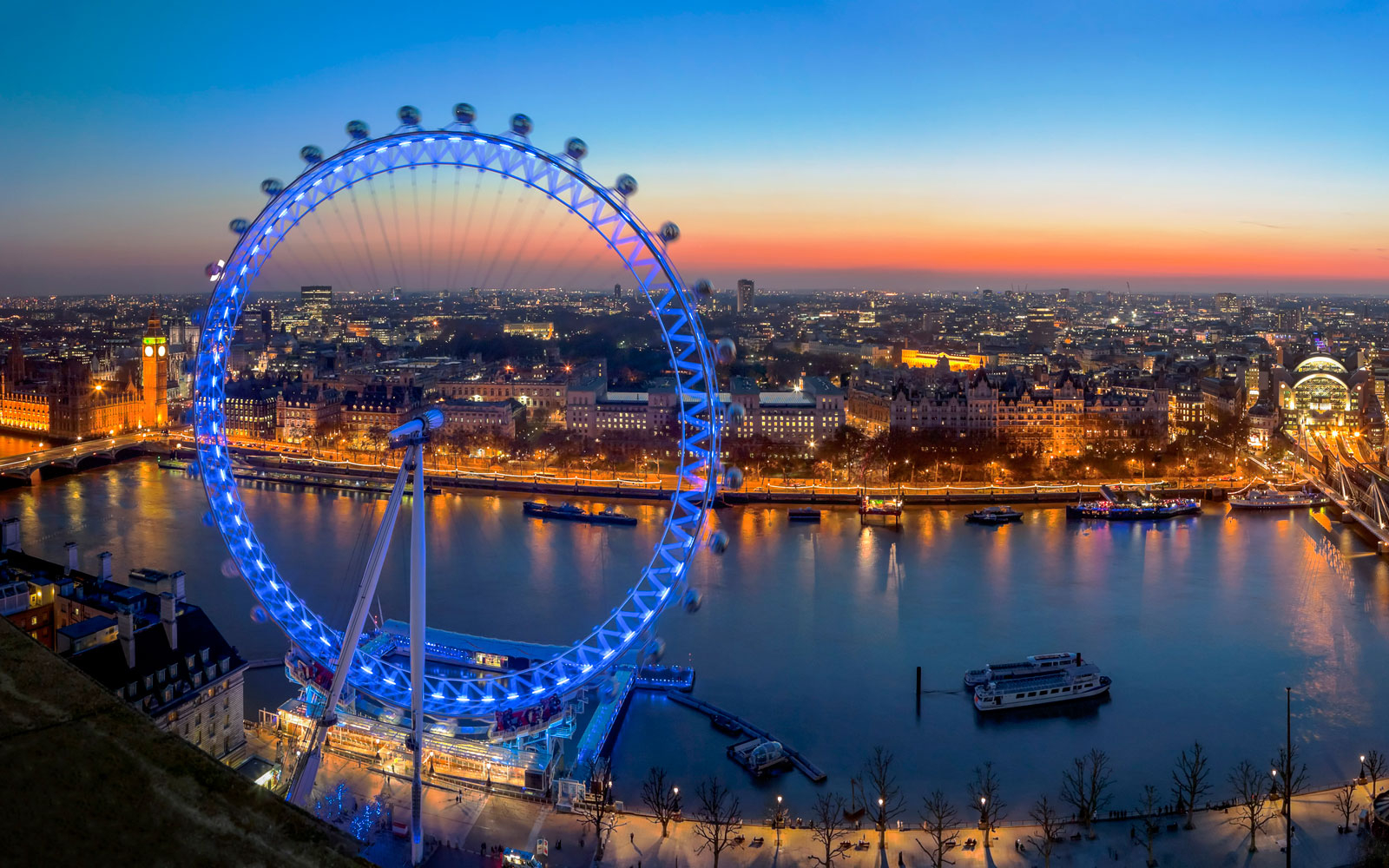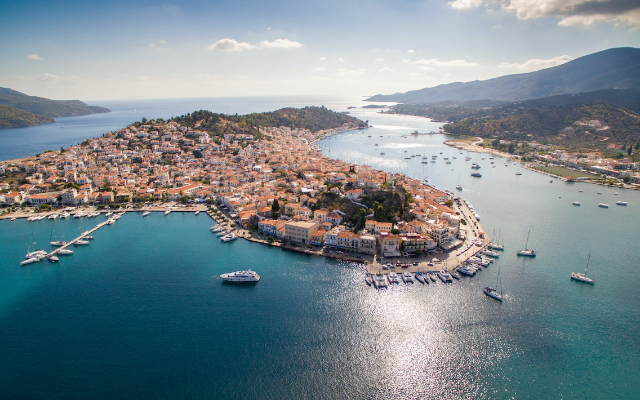Assisi stretches on the slopes of Mount Subasio, above the plain where the Topino and Chiascio rivers flow. Although it can boast an origin of Roman times, the present appearance of Assisi, both of the buildings and the urban fabric, was certainly determined by the medieval development.
The oldest nucleus of the town is protected by a defensive apparatus consisting of eight fortified access gates and a long wall, still in excellent condition, which includes two castles: the Rocca Maggiore, rebuilt by Cardinal Albornotz in 1367 and the Rocca Minore. Assisi, in addition to cult buildings of such great importance that they cannot be considered its exclusive heritage, such as the Basilica of San Francesco, tourists can also visit the Basilica of Santa Chiara and the Church of San Pietro.
The first erected in Gothic forms between 1257 and 1265, the second slightly older, decorated with an elegant middle portal and three rose windows. The Cathedral, dedicated to the patron saint St. Rufino, maintains unchanged a splendid façade with sculptures and reliefs; the interior, instead, has undergone over the centuries interventions of reconstruction that have distorted the original layout of the thirteenth century. On the Piazza del Comune of Assisi, located on the ancient area of the forum, we find the Palazzo dei Priori of 1337, the thirteenth-century Palazzo del Capitano del Popolo and the temple of Minerva, built during the Augustan period with pronaos, columns and Corinthian capitals still intact. Nearby you can visit places related to the life of St. Francis, such as the Hermitage of the Prisons, nestled in a dense forest of oaks and holm oaks on the slopes of the Subasio and the Convent of San Damiano, built around the oratory where tradition has it that the Crucifix spoke to the saint. Finally, in the plain, the imposing Basilica of Santa Maria degli Angeli was built on a project by Alessi between 1569 and 1679 to protect the Chapel of the Porziuncola, the poor man’s chapel.
